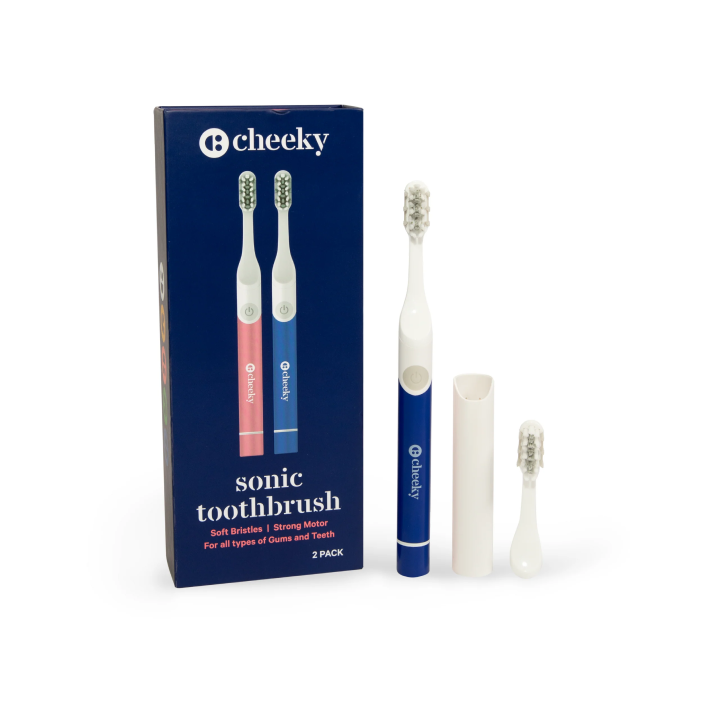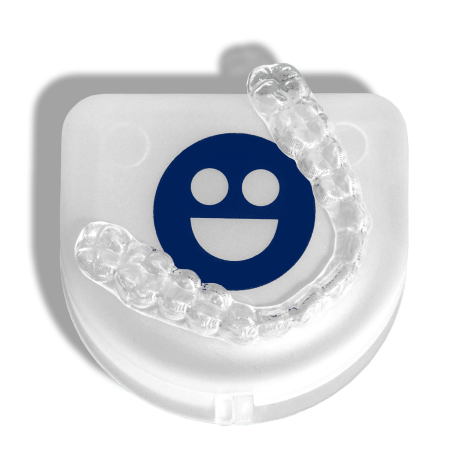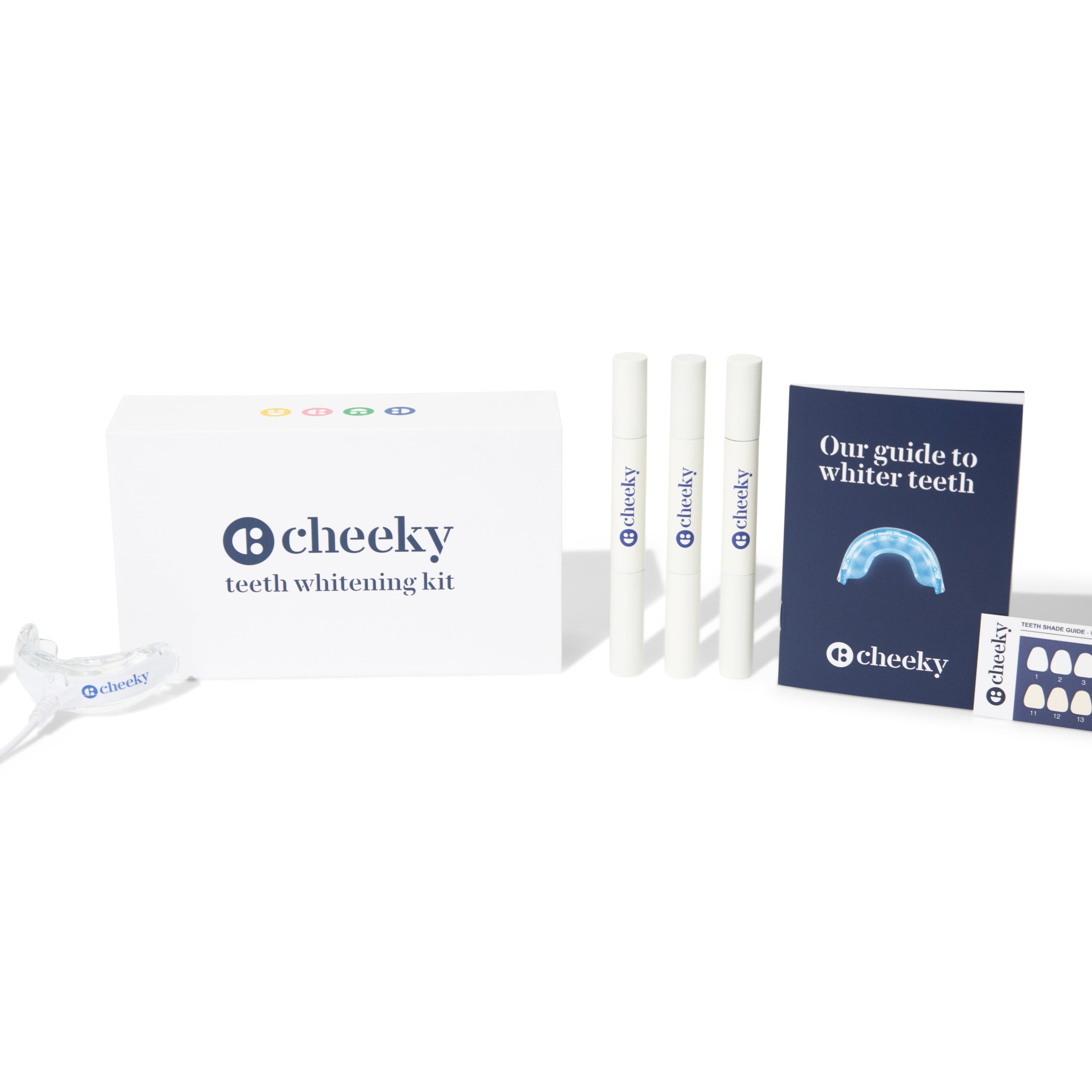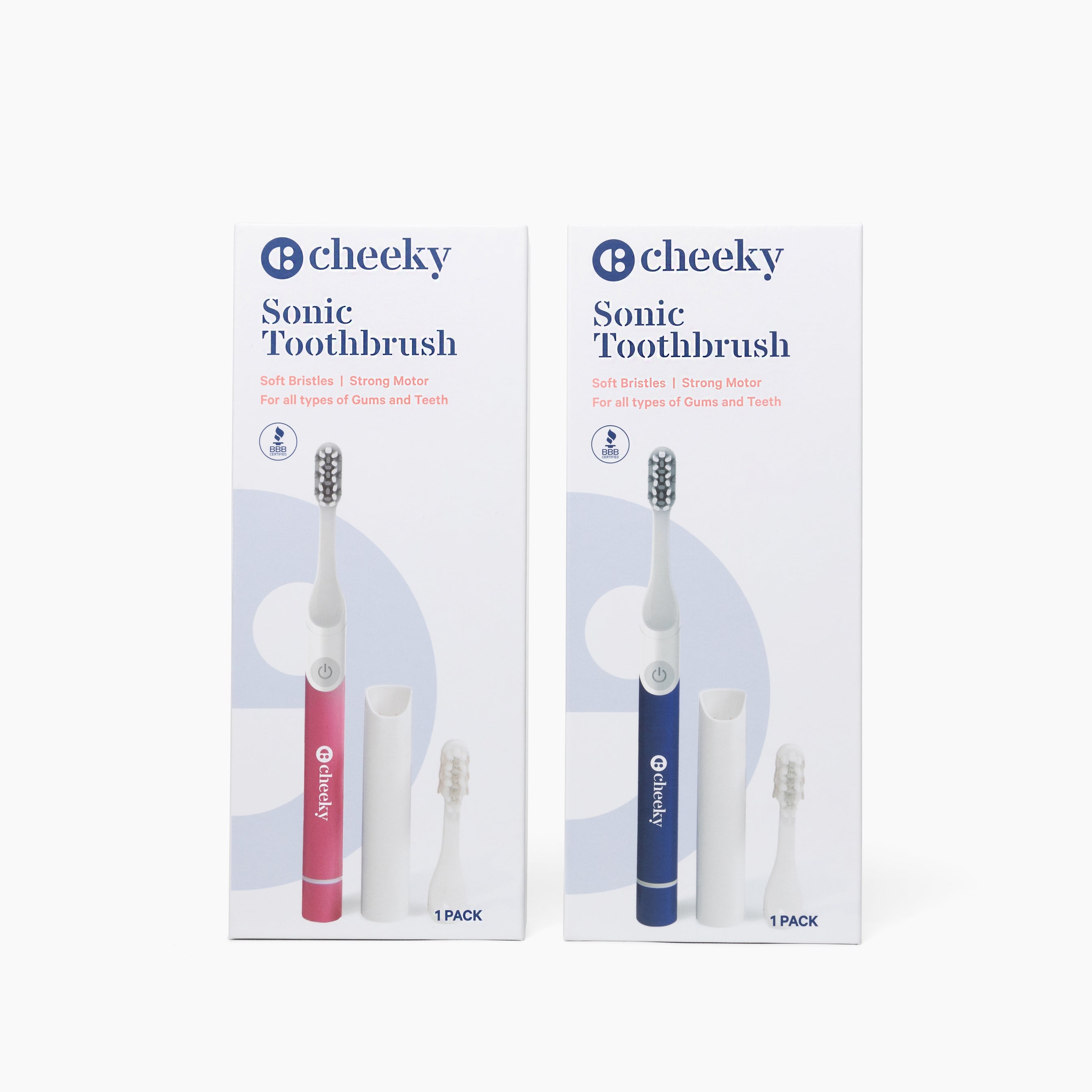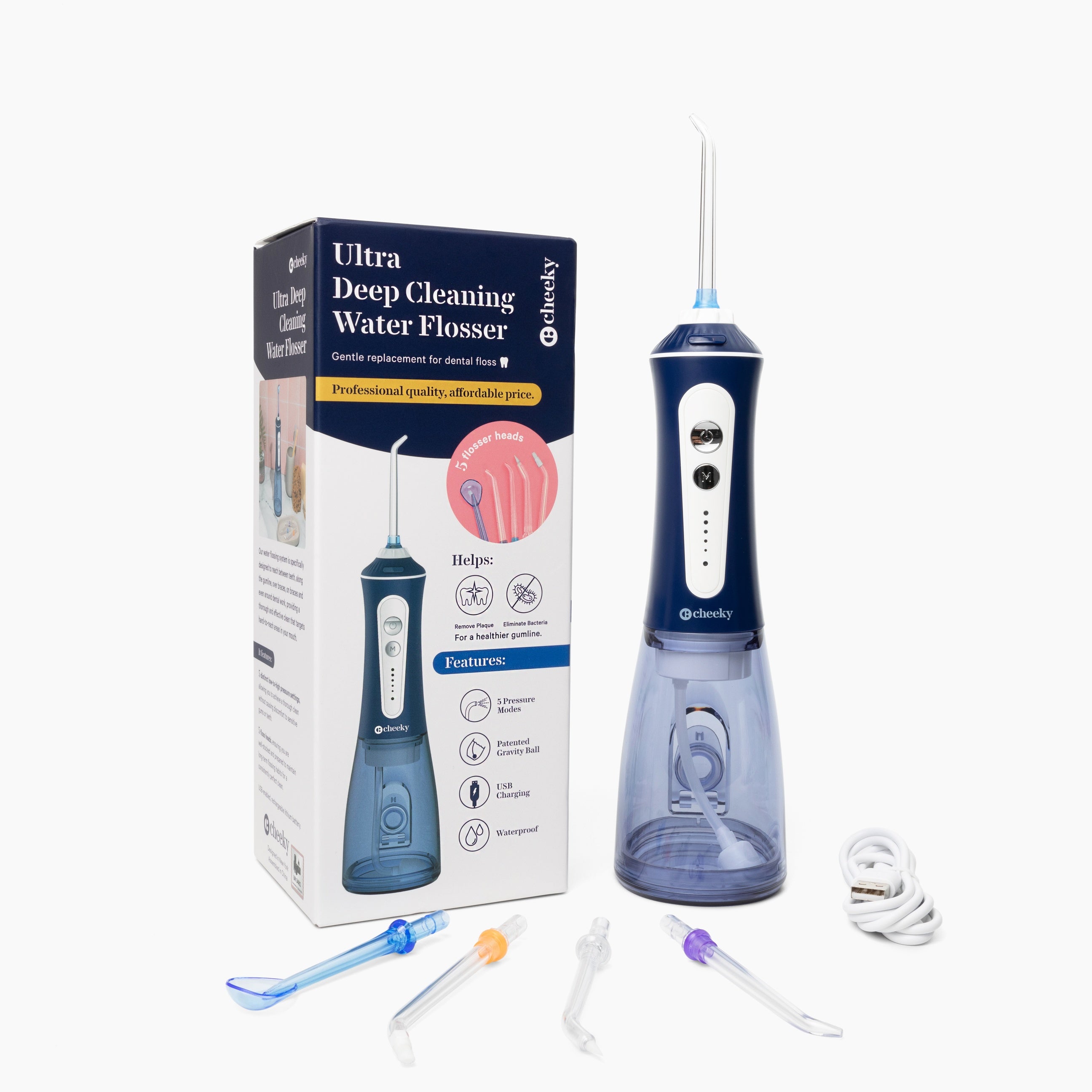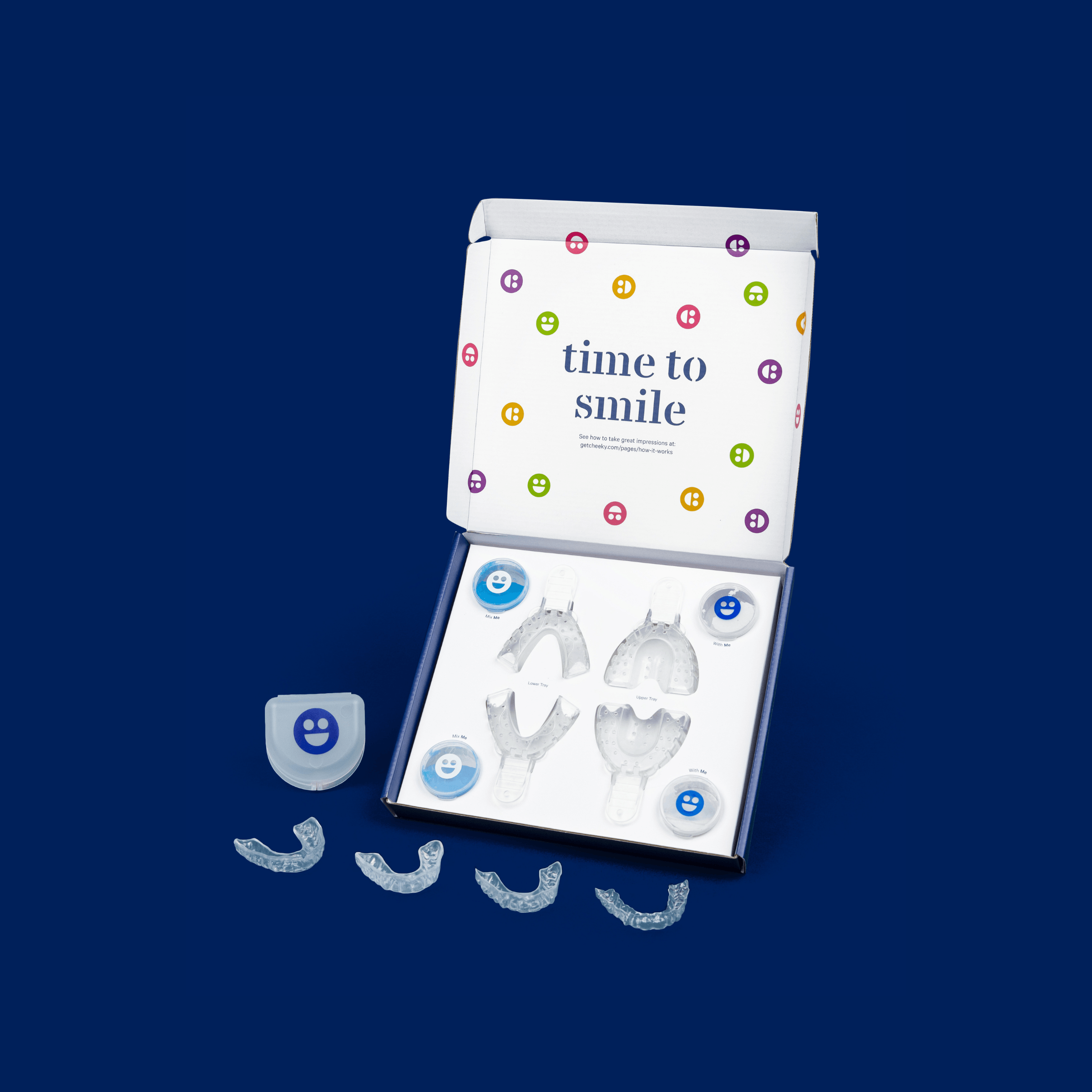How to Clean a Retainer: Important Tips for Effective Care
Wearing a retainer keeps your teeth straight long after braces, but also traps bacteria, plaque, and food particles in the process. Taking a minute to clean your retainer every day can make a big difference in how it feels and smells. Cleaning your retainer will help preserve oral health, retain your orthodontic investment, and maintain your retainer. Whether you wear a Hawley retainer, clear plastic retainers, or Invisalign aligners, you need to clean your retainers daily to prevent the buildup of plaque, bacteria, and that unwelcome retainer odor.
If your retainer is starting to feel a bit funky, don’t worry. Our simple but efficient step-by-step guide will give you tips on how you can clean your retainer without chemicals or expensive tools.
The Best Ways to Clean a Retainer
1. Start With a Simple Rinse
Make sure you always rinse your retainer with either lukewarm or cool water before any deep cleaning. This is the first measure to eliminate food particles and other debris, preventing bacteria from building up.
-
Do not use hot water or boiling water since it can distort the retainer material.
-
Rinse your retainer each time you remove it and before inserting it.
This simple step is crucial. Skipping it is like putting dirty clothes back in your closet.
2. Use a Soft Toothbrush and Gentle Soap
All you need to keep your retainer in tip-top shape is a soft-bristled toothbrush and mild dish soap or castile soap. We recommend using a separate toothbrush for your retainer.
-
Wash all surfaces of your retainer gently to remove bacteria and any plaque buildup.
-
Don’t use whitening or grainy toothpaste that can rub off the surface, which then causes bacteria to grow quickly.
-
Make sure to rinse your retainer out properly to wash off any soap.
If you use your normal toothbrush (and not a separate one), ensure that you rinse it before using it on your retainer to remove any leftover toothpaste.
3. Use Baking Soda for a Natural Clean
Baking soda is highly effective in cleaning retainers. It's safe, natural, and eliminates stains and bad breath. You can use it in two major ways:
-
Baking soda paste: Take an equal amount of baking soda and water to create a paste, then slather it on your retainer and brush lightly using a soft toothbrush.
-
Soak: Take one tablespoon of baking soda and put it in a glass of lukewarm water, then soak your retainer for 15-30 minutes.
The above approaches are particularly effective for plastic retainers and clear aligners.
4. Deep Clean With Denture Cleaner or Hydrogen Peroxide
There are cases when your retainer requires additional care to remove bacteria and stubborn stains. You can deep clean your retainer with the following:
Option 1: Denture Cleaner
Denture cleaners are cheap, accessible, and also very effective in breaking plaque and coating deposits (the buildup of tartar on teeth). For the best results:
-
Put one tablet in a glass of lukewarm water.
-
Place your removable retainer or Hawley retainer in a jar of warm water and leave it to soak for 10-15 minutes.
-
Wash and clean before using.
Don't use this type of denture cleaner too often. If you use it once or twice a week, your retainers will be in good shape.
Option 2: Hydrogen Peroxide
Hydrogen peroxide (3% solution) is effective in killing bacteria and eliminating surface stains. Here's how to use it:
-
Dissolve hydrogen peroxide in an equal amount of water.
-
Soak your retainer for 15 minutes.
-
Gently brush afterward and wash thoroughly.
Important note: Never use hydrogen peroxide when cleaning fixed retainers or permanent retainers. These types of retainers require professional advice.
5. Clean Fixed Retainers With Floss and Floss Threaders
Fixed retainers or permanent retainers are glued behind your teeth and can collect food and plaque unless you clean them thoroughly. You can’t remove them, but you can still maintain retainer care and preserve your oral health by cleaning them regularly. If regular cleaning doesn’t work on your permanent retainers, seek professional advice.
Here’s how to clean them:
-
Use floss threaders to direct the dental floss along the spaces between the teeth and beyond the wire.
-
Use smooth movements to apply the floss up and down the surface of your tooth to get rid of plaque.
-
Finish with a water flosser for a deep clean.
Advanced Cleaning Methods When You Need a Reset
Use an Ultrasonic Retainer Cleaner
Ultrasonic retainer cleaners are non-chemical agents that use sound waves to dislodge debris and bacteria from your retainer. They work particularly well with clear retainers or Invisalign aligners and are the perfect choice if you don’t want to use harsh chemicals.
Use this type of retainer cleaner with distilled water and a touch of castile soap or mild dish soap. This will give you a non-destructive, contact-free, and intensive cleaning.
Avoid the Following When Cleaning Your Retainer:
-
Hot or boiling water: This will deform your retainer.
-
Alcohol based mouthwash: This removes the moisture and corrodes plastic retainers.
-
Strong chemicals such as bleach or vinegar: They will be too harsh and destructive.
-
Grit toothpaste: This scuffs off plastic and welcomes even more bacteria.
Avoid harmful substances and use soft, reliable cleaning solutions (like the ones mentioned in this article) to keep your retainer in good condition.
Daily Retainer Cleaning Routine
You don't need a lot of time to clean your retainer. All you need is consistency to keep it in great condition.
-
Wash your retainer with warm water after each use.
-
Cleanse with a soft toothbrush and mild soap once a day.
-
Store your retainer in a clean, ventilated retainer case to prevent mold.
-
Do a deep clean using baking soda, hydrogen peroxide, or denture cleaner one or twice a week.
-
Be sure to brush your teeth before remounting your retainer; otherwise, you’ll trap bacteria against your tooth enamel.
This 5 to 15 minutes practice can reduce the risk of gum disease, cavity formation, and unpleasant odors, and help you maintain that beautiful smile you've worked so hard to achieve.
How Often You Should Clean Your Retainer
Here is the rule of thumb: Brush your retainer every day and clean it intensively once a week.
-
Daily: Use gentle soap and the brush method
-
Weekly: A deep clean with baking soda, denture cleaner, or hydrogen peroxide
-
Monthly: Refresh your retainer with an ultrasonic retainer cleaner
Don’t wait for your retainer to start stinking, become cloudy, or feel slimy; you need to clean your retainer daily to stop this from happening.
The Importance of Cleaning Your Retainer
Skipping your retainer cleaning routine might result in:
-
Tartar and plaque buildup
-
Bad breath and oral health issues
-
Cloudy or yellow retainer material
-
Transmission of bacteria that damages the tooth enamel
-
Tooth decay or even gum disease
Retainer maintenance makes it look pretty and protects both your oral health and investment in orthodontic treatment.
When to Replace Your Retainer
Even with the best care, retainers don’t last forever.
Consider replacing yours if you notice:
-
Cracks or warping in the plastic
-
Persistent bad smell or stains
-
Loose fit or discomfort
-
It’s over 12 months old (check with your dentist)
Nobody wants to wear a dirty retainer. With Get Cheeky, it’s easy to get a fresh, clean, custom-fit retainer delivered to your door. Just send us your impressions and we’ll take care of the rest.
Shop our affordable Cheeky Retainer today, and we'll deliver a custom-fit just for you.
Frequently Asked Questions
What is the Best Way to Clean Retainers?
The most effective way to clean a retainer is with a soft toothbrush and a mild, non-abrasive soap such as castile or a gentle dish soap. Rinse the retainer under lukewarm water and then softly brush all surfaces with a toothbrush to dislodge plaque, bacteria, and food bits.
When it comes to daily maintenance, rinse your retainer after every meal before placing it back in your mouth. This will remove lingering food particles, prevent plaque buildup, and keep your retainer fresh.
For a more thorough clean, soak your retainer in a solution of baking soda and water or denture cleaner for a few minutes once or twice weekly. Never use hot water, which can deform the material.
Can I Soak My Retainer in Dish Soap?
Yes! Soaking your retainer in warm water and gentle dish soap is safe and effective. It kills bacteria and takes off any surface material without damaging the retainer. Just make sure the soap you’re using doesn’t have abrasive chemicals or antibacterial additives.
You can also add a teaspoon of baking soda to the warm water and dish soap solution. Baking soda is a natural deodorizer and mild abrasive that breaks down stubborn plaque or odors without harming the retainer’s material.
Soak, brush gently with a soft-bristled toothbrush, and rinse well before refitting.
How Do You Remove Stains From a Retainer?
Use a baking soda paste or soak it in warm water and baking soda. Gently brush with a gentle toothbrush to remove stains and break up plaque. For stubborn discoloration, use a denture cleaner or an ultrasonic cleaner for retainers. Avoid abrasive toothpaste or chemical cleaning agents, which will weaken the strength of the retainer material and make staining worse in the future.
Is It Okay to Clean a Retainer with Vinegar?
We wouldn't recommend it. While it's a common household cleaner, vinegar is an acid that will weaken or ruin plastic retainers over time. It also leaves a strong smell behind. Baking soda, castile soap, or hydrogen peroxide are safer options that will give you a fresh, deep clean.
Can I Use Toothpaste to Clean My Retainer?
Don’t use toothpaste, especially whitening or abrasive types. The majority of toothpastes contain ingredients that will scratch your retainer and provide a ground for bacteria. Instead, clean your retainer gently with mild soap, baking soda, or denture cleaner to keep it in good shape, safe, and durable.
Final Thoughts
Learning how to clean a retainer doesn’t have to be complicated. With simple tools like baking soda, a soft toothbrush, and your favorite cleaning product, you can protect your retainer, keep it fresh, and avoid long-term dental damage.
Whether you’ve got a Hawley retainer, clear aligners, or a fixed retainer, taking a few minutes each day to clean it means better breath, fewer bacteria, and a straighter smile for years to come.
If you want to keep your retainer clean and smile brighter, we've got you covered with custom-fit night guards, whitening kits, and everything else you need for better at-home oral health. Our products are affordable, dentist-approved, and delivered straight to your door.
Shop now at GetCheeky.com. Your smile will thank you.


